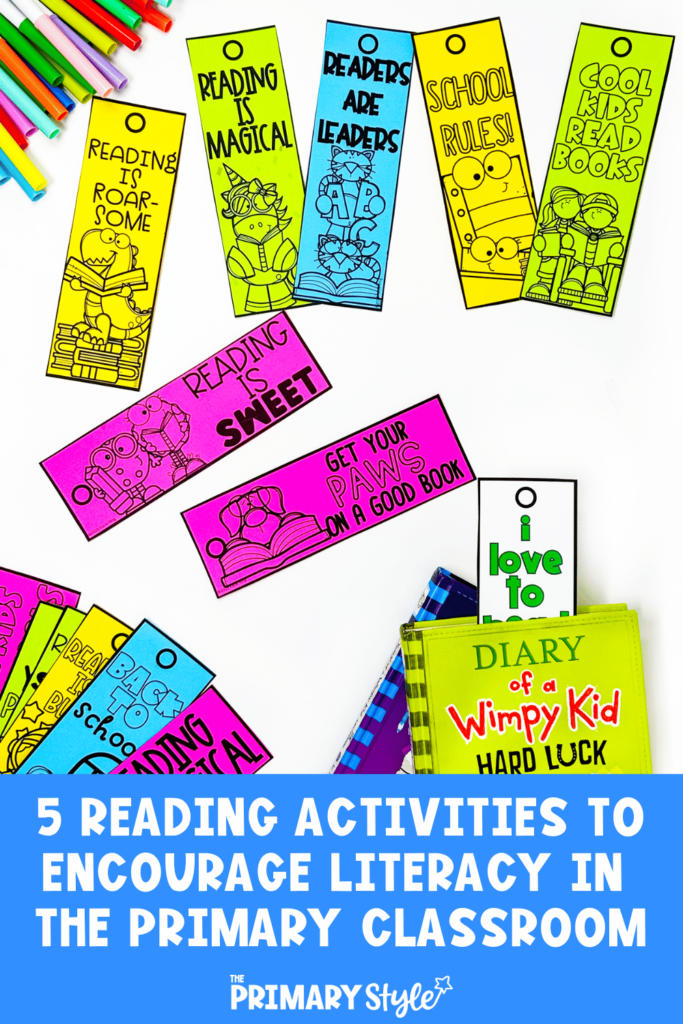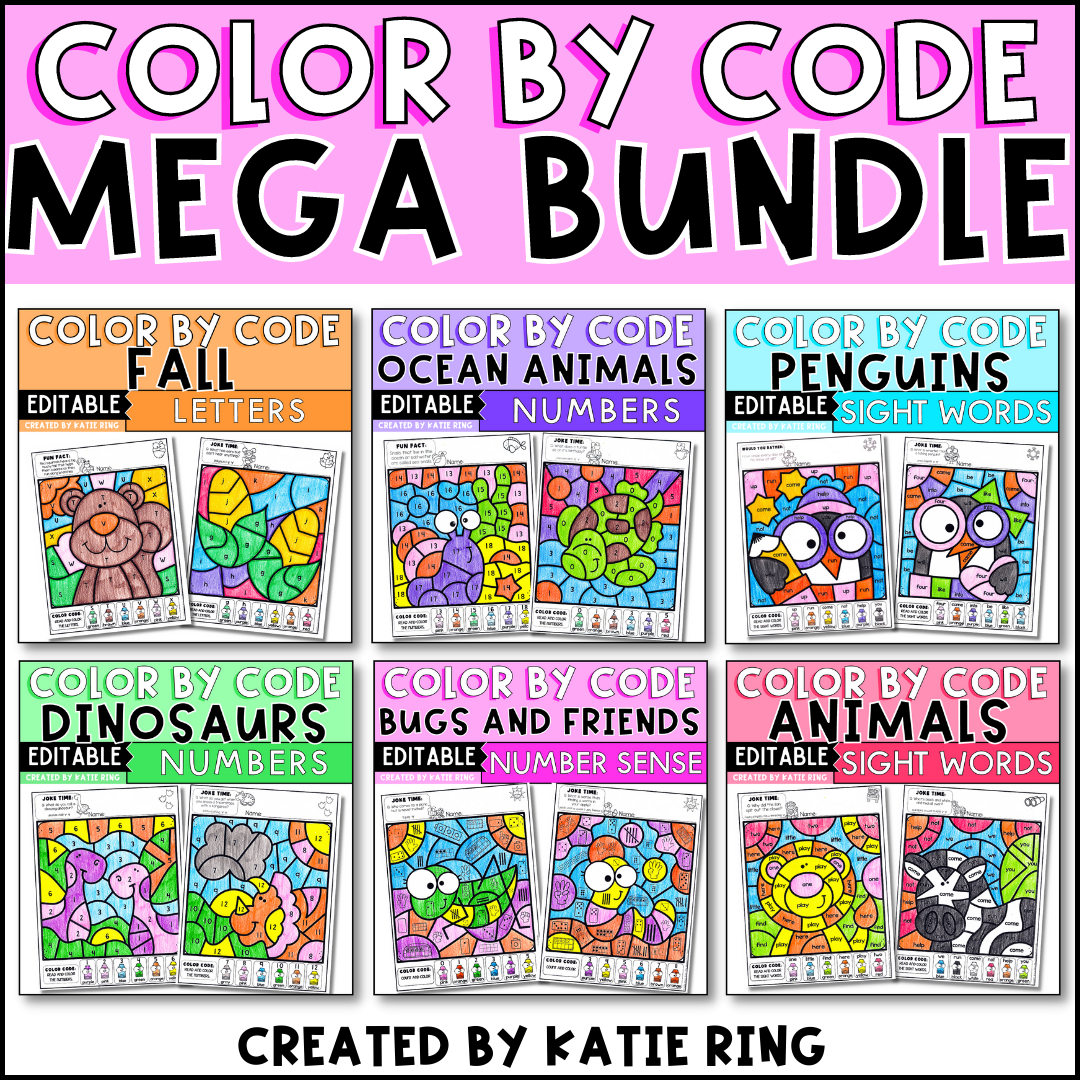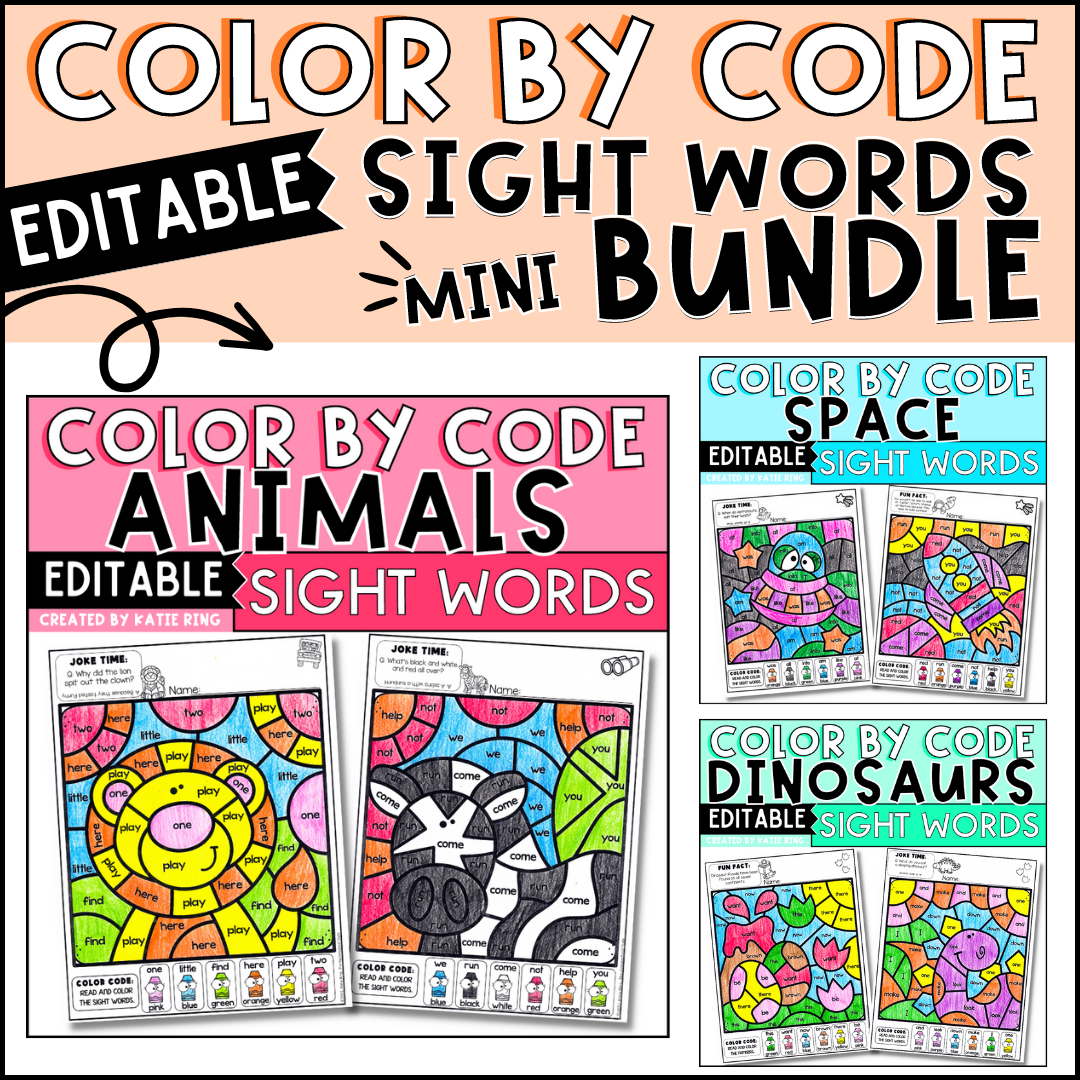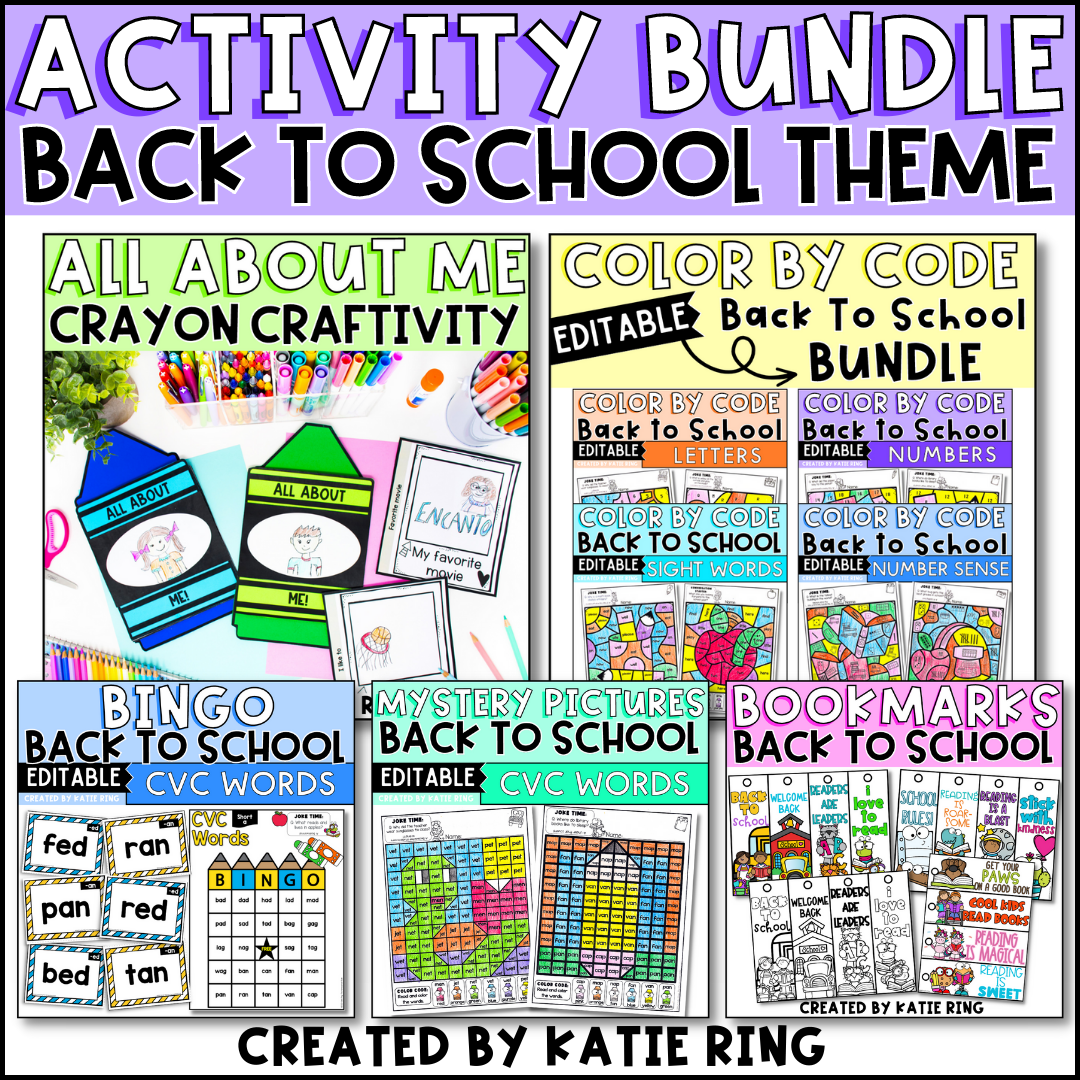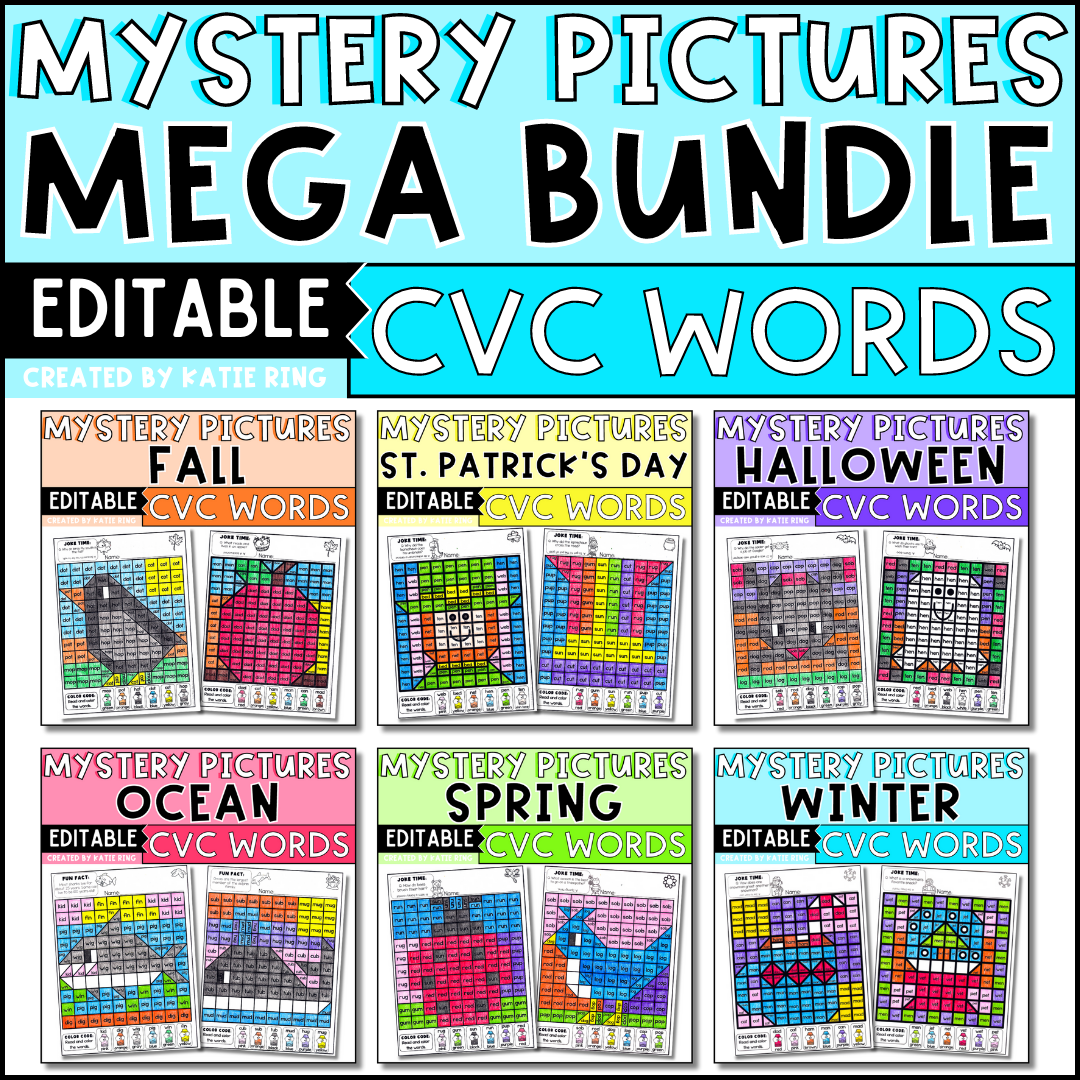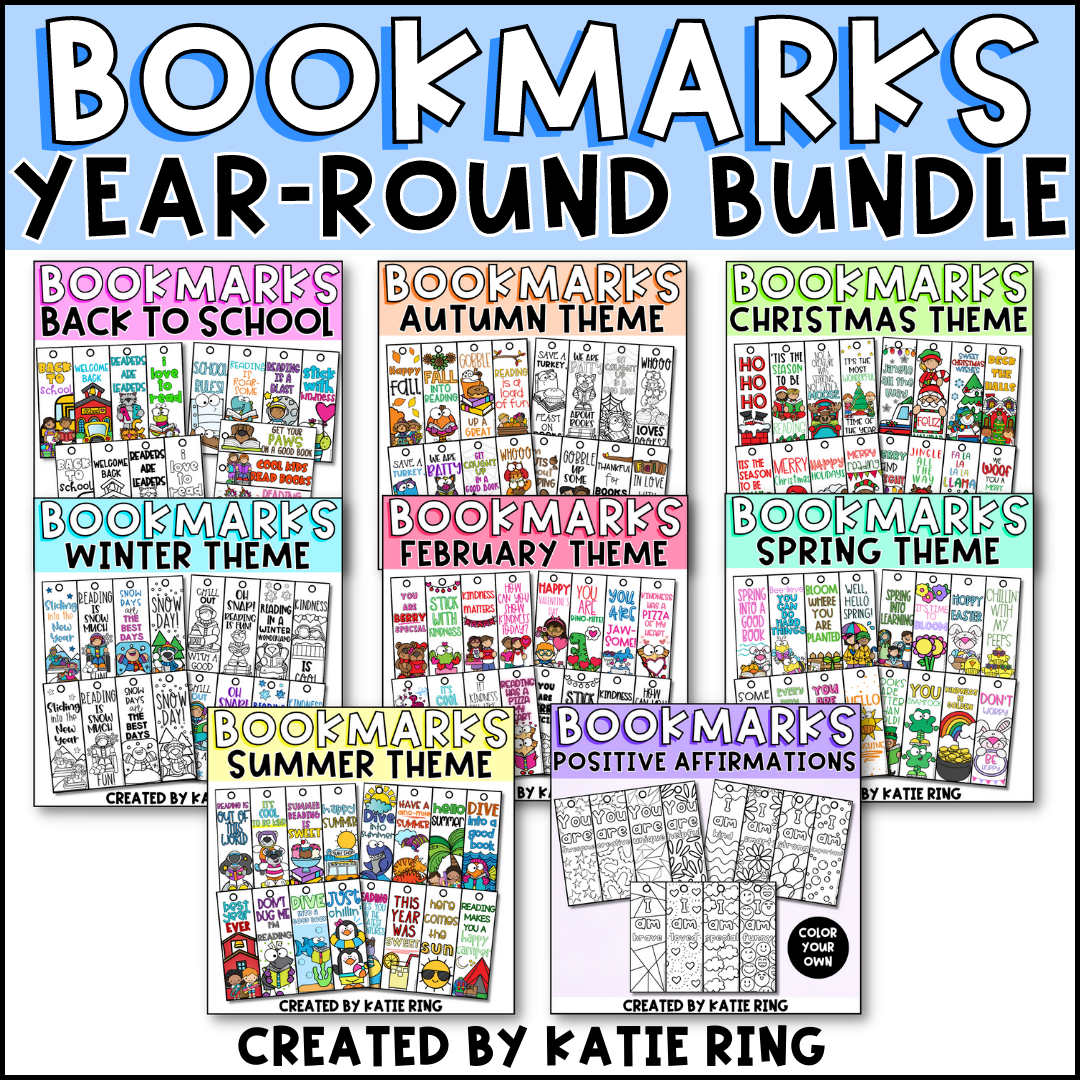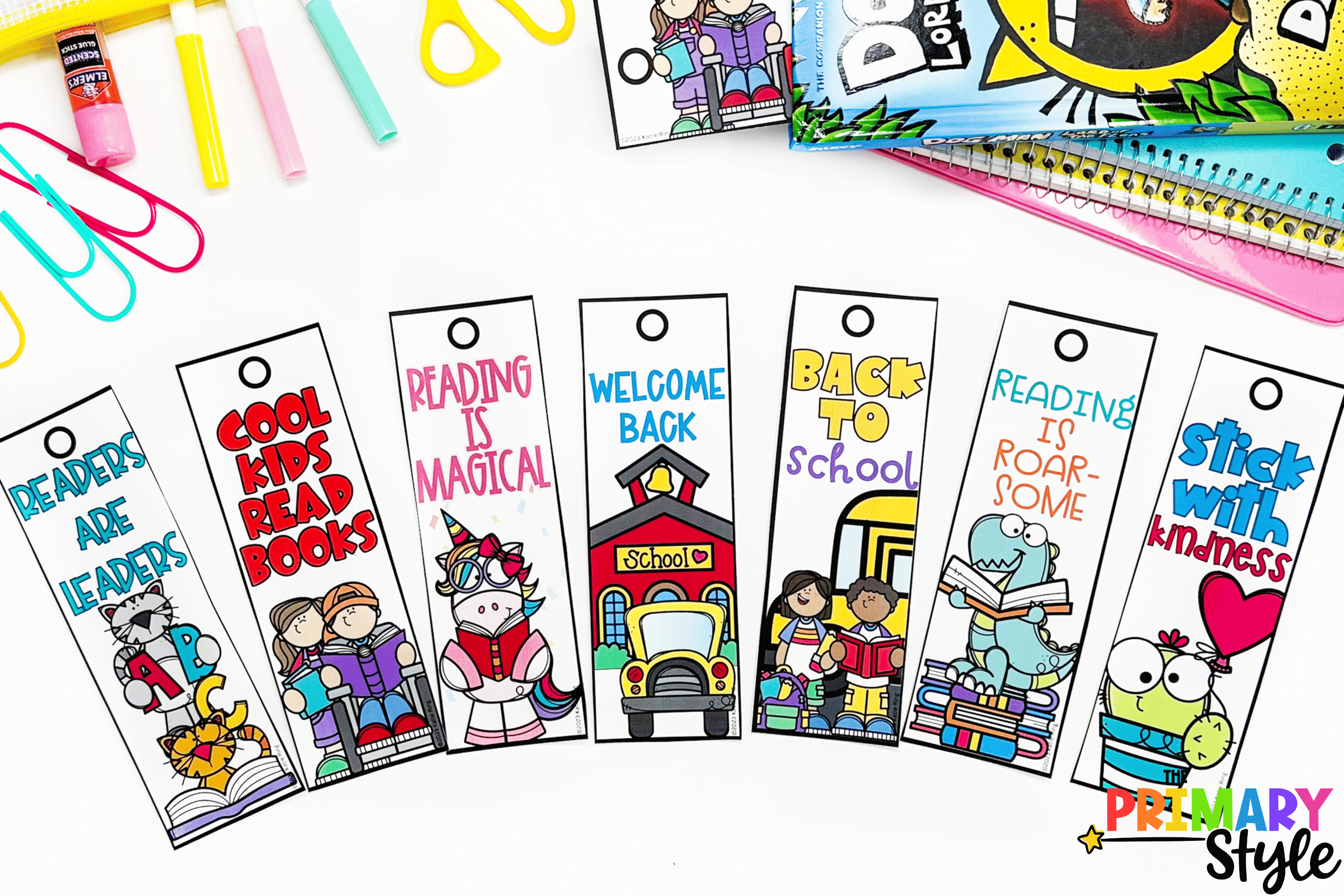Reading is a fundamental skill that sets students up for lifelong success in a variety of other academic areas. As teachers and parents, we know this! But how do we make reading appeal to young students? If you’re wondering the same question, I’ve got 5 fun reading activities that will wow your students!
Reading Activities to Mix Things Up!

So often, I think we think of reading time as just one, simple and quiet activity. And sometimes that’s exactly what it is! There might even be a set time in your schedule when students are expected to read independently and quietly in your room. There is absolutely nothing wrong with this and in fact, it’s a beloved activity by many! I know that personally, I was that introverted bookworm who craved this time in the day because it allowed me to decompress from everything else going on.
But for some kids, this might not be their favorite time of day; they might even dread it! This is why it’s so important to use a variety of reading activities in your room. Not only will this help to encourage literacy but it will also help you find what appeals to many different learning styles. Every child is unique and learns differently. Use a mix of fun reading activities to see what works for different kiddos! Wondering what this could look like? So glad you asked! Let’s dive into 5, fun reading activities that your students will love!
1. Thematic Read Alouds
If you’ve been around here a while, you already know that thematic teaching is kind of my thing. I just LOVE exploring a new theme with students every month and using it to direct our lessons. This keeps learning fresh and it can do the same for your reading activities too! Consider choosing some fun books from your local library each month to fit your theme. Going to the public library means you’ll likely find books the students haven’t seen before in the school library. Plus I mean it’s an excuse to go to the library… so there’s that too!
I am a lover of bright, vibrant picture books. I have more in my collection than I am willing to say out loud. Can you relate? If you’re like me, then I know you’ll love aligning your read-aloud choices to your monthly theme. Not only will this mean that your students will get to explore a topic in-depth, but it also means you’ll be showing them how much they can learn from books. This is a true lightbulb moment for many kids. Once they see the mysteries and adventures waiting for them inside a good book, they’ll be anxious to get their hands on as many as they can! If you need some ideas to help plan your thematic read-alouds, be sure to check out my Amazon favorites. I have a list for just about every theme you can think of!
2. Start a Reading Challenge
Do you use reading logs in your room? This is a staple in most homework packets for the primary classroom and while I think it’s great to encourage reading at home, sometimes this can get a little…. boring. You know it’s true! Avoid this conundrum by using Reading Challenges instead. These are a whole new take on reading logs and will sprinkle the fun back into this classic assignment!
The Reading Challenge works like this: Students get a monthly reading challenge log that includes a list of prompts to fit the season, theme, or holiday. For example, in the Winter Reading Log, you’ll find prompts such as:
- Read by the light of a flashlight.
- Read under a cozy blanket fort.
- Read a book with a snowy cover.
- Read a book about animals in winter.
- and many more!
The prompts relate to the season or holiday. So for example, in the spring challenge, you’ll find corresponding prompts and so on! The great thing about these fun little prompts is that they challenge students to think outside of the box and try something they might not have before. They will look forward to scanning the challenge and seeing how many prompts they can complete! This will infuse plenty of fun back into their evening reading routine. These resources come with editable options, so you can make them fit the needs of your students. And. . . there is even thematic writing paper included too so you can have students write about the books they read. Speaking of writing, that brings me to my next reading activity…
3. Reading Response Activities
Reading responses and writing prompts are among my favorite reading activities with primary students. It’s so much fun to read through a book and then talk about it with students before diving into some writing. This is where the real magic happens in literacy. As students discuss the plot, characters, and what they learned from the book, reading comprehension soars! Not to mention, students get plenty of work in building vocabulary, verbally expressing thoughts, and writing. I mean, what’s not to love?!
I make this even more fun in my room by using writing craftivities from my thematic units. All of the units include writing prompts as well as writing craftivities that can be adapted to use with just about any book on that topic. For example, in my Apple and Pumpkins Unit, you will find adorable, editable writing paper that allows you to type any prompt you’d like. These also include cute page toppers, so students can decorate their paper when they are done.
In addition to these, I also included Apple and Pumpkin craftivity books that are editable as well, so you can have students write facts or responses to questions on each page. When they are done, they cut out the pages and staple them together with a cover to make an adorable pumpkin or apple craft! These follow-up activities to reading will improve comprehension and help your students retain what they have learned!
4. Audiobooks

Do you ever listen to audiobooks? I personally love them because it allows me to get through more books than I could by simply reading. I can pop my earbuds in and listen as I’m folding laundry, driving to the grocery store, or cleaning up. Aside from the convenience of audiobooks, there’s also the added benefit and appeal to auditory learners. This reason is exactly why you should consider using audiobooks in your class! Sure, your students listen to you read daily. But sometimes having a different voice reading to them can help snag their attention. As a bonus, you’ll be able to knock out some grading while they listen, or get things ready for the next activity.
I like to use audiobooks as a sort of special treat. The more rare we make them, the more fun they are. I will choose a chapter book or something that’s a bit above the students’ current grade level and let them get cozy in the reading corner or on the floor and listen for a little while. You can also set up a listening center with picture books to look at and headphones for very young students. This is always a hit!
5. Fun Bookmarks
Last on this list of fun reading activities to incorporate into your routine is one of my favorites… fun bookmarks! These were such a hit in my classroom that we made it a monthly ritual to choose and color a fun new bookmark to use throughout the month. I saved this for a fun Friday activity at the end of the month to get kids excited about what’s coming!
To do this, I allowed students to choose their favorite black and white bookmark from the seasonal set that coordinates with the upcoming month. I’d make copies and then plan to let the kids color them on a Friday afternoon. After they were done, I’d laminate them for durability and pass them back out. The students LOVED using their fancy, personalized bookmarks all month long.
Inside these bookmark resources, there are also full-color versions included. These can be fun to hand out as special prizes throughout the month as well. I usually save one or two designs for that purpose so they’d be a special surprise to my students. While it might seem small, never underestimate the power of a fun bookmark to spark excitement for reading!
Tailor Reading Activities to Your Classroom
I hope you find an idea that will help mix up reading activities in your classroom! I think the most important thing to remember is that thinking outside of the box is a great way to keep engagement high. No one wants to do the same old boring thing day after day. This is true for your students too! So no matter what you choose, focus on ways to add some excitement to your reading activities and keep those kiddos eager to read! Oh and don’t forget, if you need some more book ideas, I have tons of great posts that align with different themes and holidays. Check them all out here. Happy reading, friend!
Save These Reading Activities
This post will help keep reading fresh and fun in your classroom. Pin it on Pinterest so you can keep track of all these fun reading activities and revisit them when needed.
